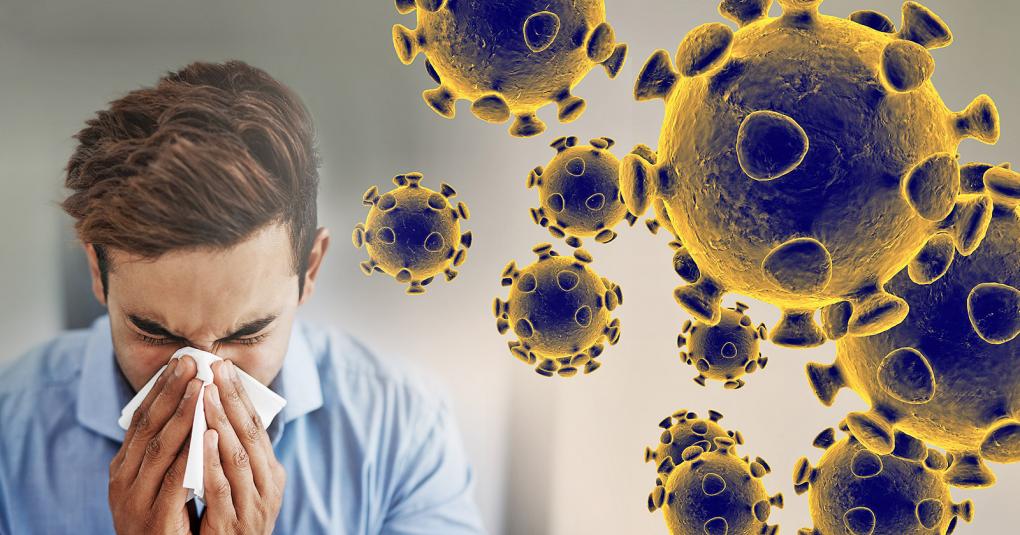The risk of contracting COVID-19 on an aircraft has been likened to the chances of being struck by lightning after new research uncovered as few as 44 cases of inflight transmission among 1.2 billion passengers who traveled since the start of 2020.
The tally — published by the International Air Transport Association and including confirmed, probable and potential cases — translates to one transmission for every 27 million travelers.
“Nothing is completely risk-free,’’ said IATA director general Alexandre de Juniac.
“But with just 44 published cases of potential inflight COVID-19 transmission among 1.2 billion travelers, the risk of contracting the virus on board appears to be in the same category as being struck by lightning.”
READ: COVID fails to crush travel desire.
Tracking down inflight COVID-19 transmissions is notoriously difficult and IATA medical advisor Dr David Powell recognized that the findings may underestimate the number of cases.
“But even if 90 percent of the cases were unreported, it would be one case for every 2.7 million travelers,’’ Dr Powell said.
“We think these figures are extremely reassuring.
“Furthermore, the vast majority of published cases occurred before the wearing of face coverings inflight became widespread.”
The airline lobby group pointed to a joint publication by Airbus, Boeing and Embraer of separate computational fluid dynamics (CFD) research conducted on aircraft as an explanation of why the numbers might be so low.
The manufacturers found aircraft airflow systems, High-Efficiency Particulate Air (HEPA) filters, the natural barrier of the seatback, the downward flow of air, and high rates of air exchange efficiently reduced the risk of disease transmission on board in normal times.
They concluded the addition of mask-wearing added “a further and significant extra layer of protection” which made being seated in close proximity in an aircraft cabin safer than most other indoor environments.
Specific aircraft characteristics identified as contributing to the low incidence of inflight COVID-19 transmission included:
- Limited face-to-face interactions as passengers face forward and move about very little
- The effect of the seat-back acting as a physical barrier to air movement from one row to another
- The minimization of forward-aft flow of air, with a segmented flow design which is directed generally downward from ceiling to floor
- The high rate of fresh air coming into the cabin. Air is exchanged 20-30 times per hour on board most aircraft, which compares very favorably with the average office space (average 2-3 times per hour) or schools (average 10-15 times per hour).
- The use of HEPA filters which have more than 99.9% bacteria/virus removal efficiency rate ensuring that the air supply entering the cabin is not a pathway for introducing microbes.
IATA said its data collection, and the results of the separate simulations, aligned with the low numbers reported in a recently published peer-reviewed study by Freedman and Wilder-Smith in the Journal of Travel Medicine.
“ Although there is no way to establish an exact tally of possible flight-associated cases, IATA’s outreach to airlines and public health authorities combined with a thorough review of available literature has not yielded any indication that onboard transmission is in any way common or widespread,’’ it said.
“Further, the Freedman/Wilder-Smith study points to the efficacy of mask-wearing in further reducing risk.”
One of the few cases where COVID transmission has been identified is on a Qantas A330-200 carrying infected cruise ship passengers between Sydney and Perth in March.
A study by West Australian researchers and published by the US Centers for Disease Control found at least eight COVID-19 cases — and possibly as many as 11 — were contracted on board.
The flight with 38 business class and 213 economy passengers included travelers who had disembarked from cruise ships Ruby Princess, Sun Princess and Ovation of the Seas.
Eleven passengers, including nine from the Ruby Princess and one from Ovation of the Seas, were considered infectious during the flight with a coronavirus strain not previously seen in Australia.
A further 11 passengers, none of whom had traveled on the cruise ship, developed that strain of the disease between 48 hours and 14 days after the flight.
They had all been in the same cabin as the infected passengers but the researchers could not exclude the possibility that three might have been exposed before or after their journey.
Qantas medical director Ian Hosegood told Australian media that the incident was the only confirmed example of transmission on a Qantas flight and airline had not been told it was carrying cruise ship passengers.
“Had we known, they would have been stopped from traveling,” he said.
























